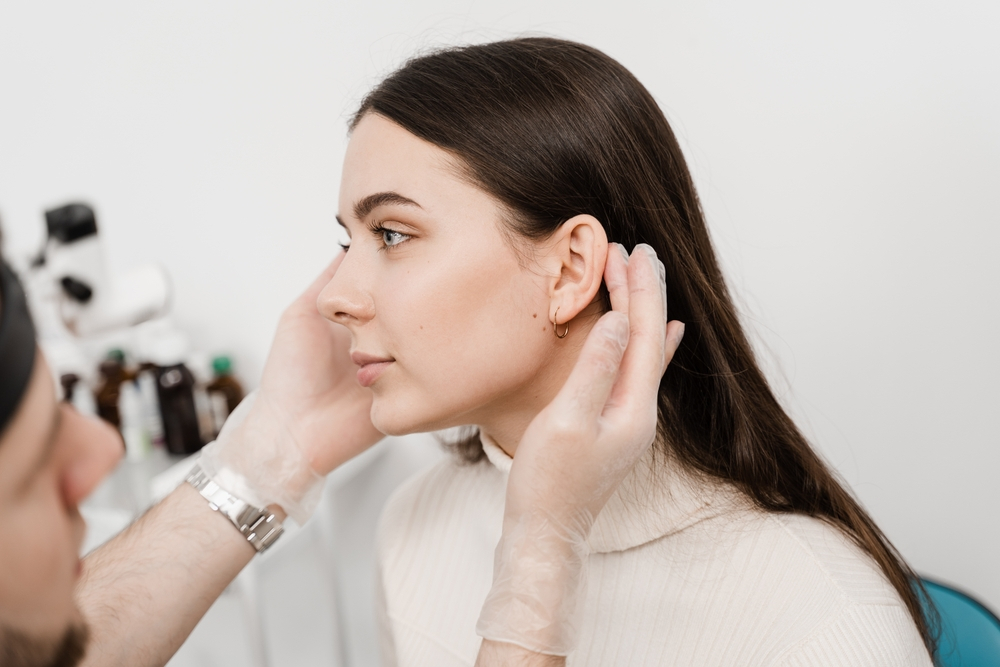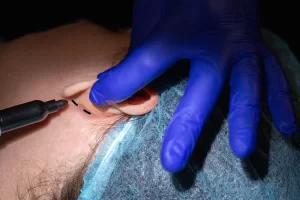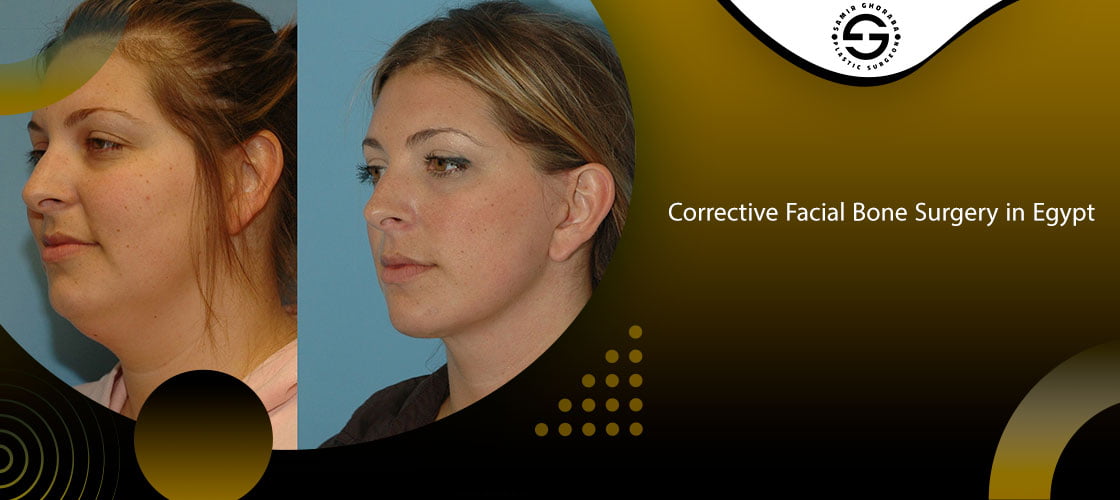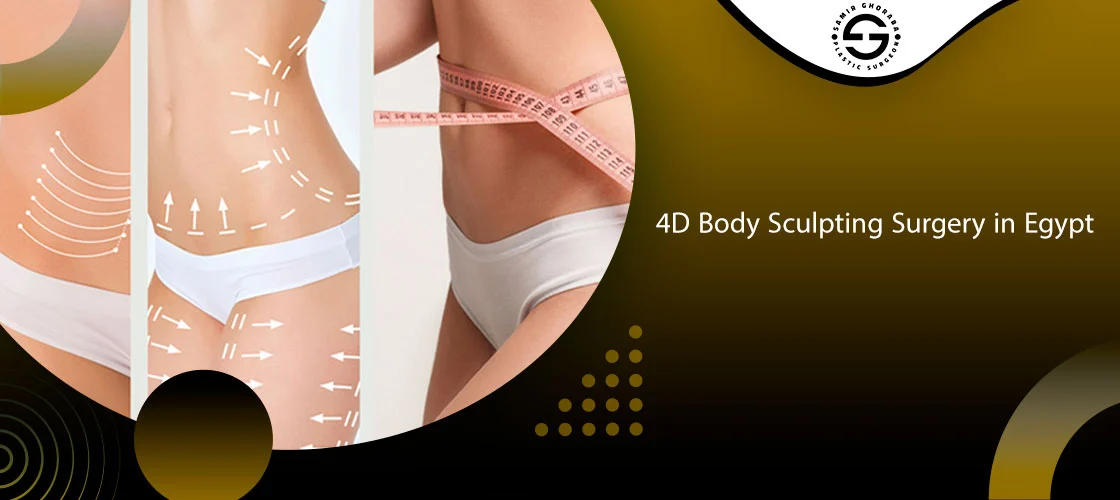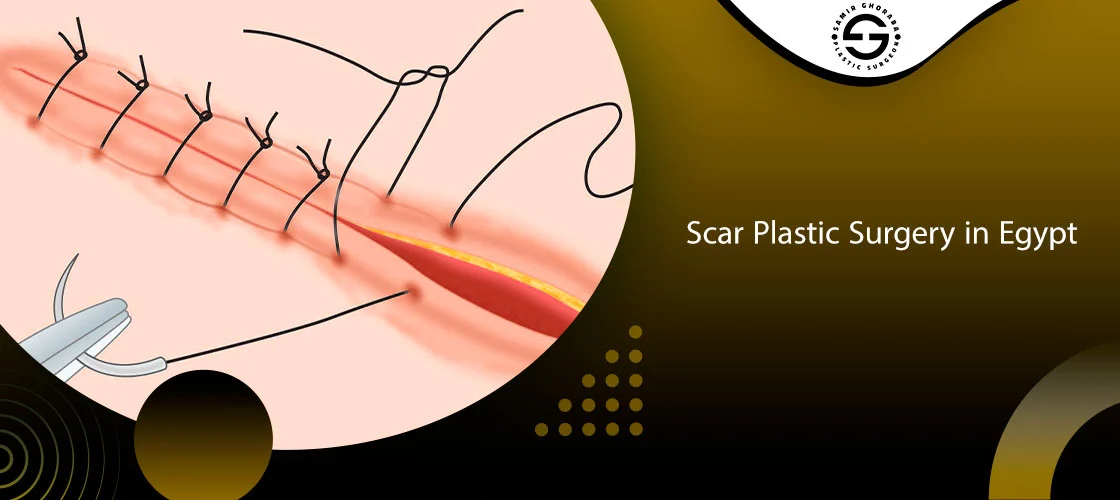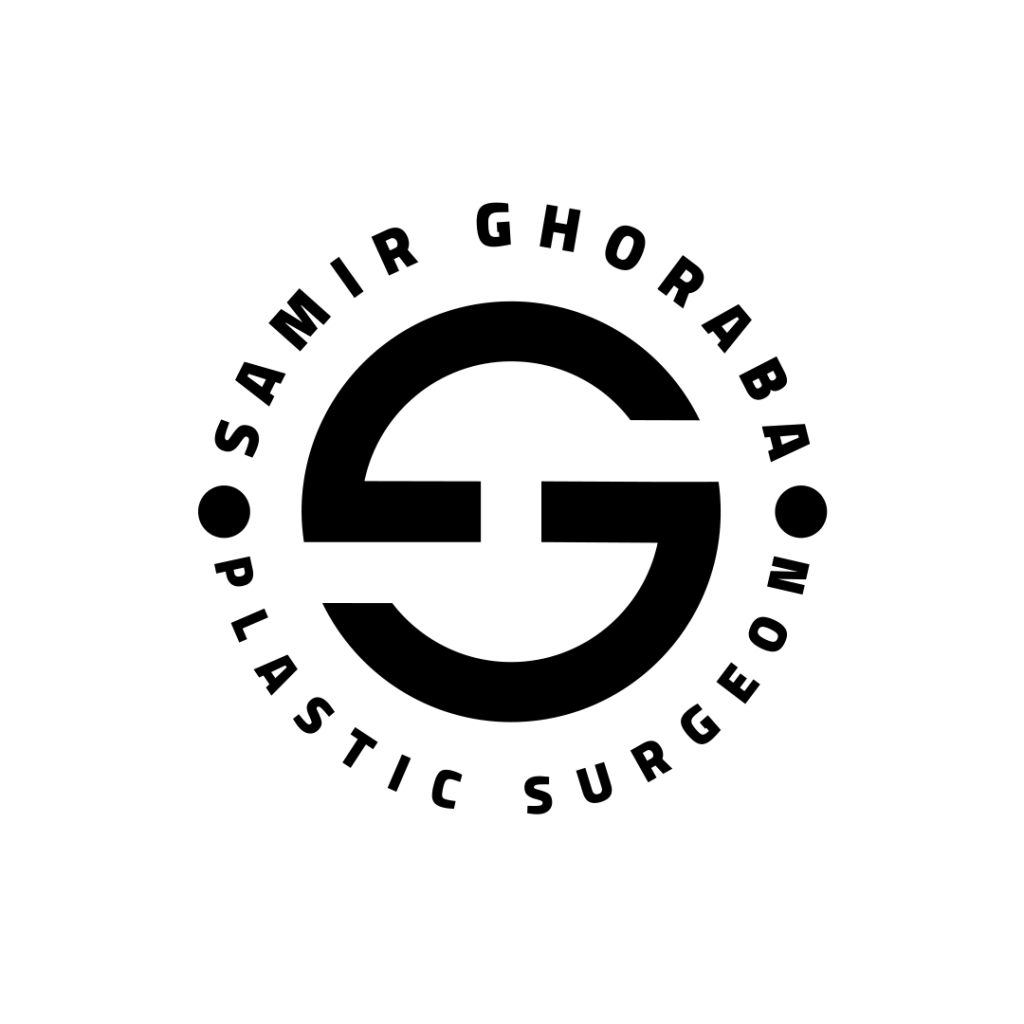Cosmetic Ear Surgery in Cairo, Most people may seek cosmetic ear surgery procedures because they want to improve the appearance of their whole face but are dissatisfied with the size, shape, or placement of their ears. We will discuss in this article Cosmetic Ear Surgery in Cairo and its benefits and how to prepare for it.
Cosmetic Ear Surgery in Cairo
Otoplasty is typically done for aesthetic purposes, though it can also be used to treat ear injuries or birth defects. Ears that extend too far from the head are known to be defining ears, and so are oversized or irregularly shaped ears. Dr. Ghoraba the best plastic surgeon in Egypt.
Cosmetic Ear Surgery in Cairo presents to Candidates cosmetic ear surgery, or otoplasty, which typically includes individuals who are unhappy with the appearance of their ears and seek to improve their overall facial aesthetics. Here are some factors that make someone a suitable candidate for otoplasty:
- Prominent Ears: One of the most common reasons for otoplasty is prominent ears, which may stick out noticeably from the head.
- Desire for Aesthetic Improvement: Refers to an individual’s motivation to enhance their physical appearance to align more closely with their own perception of beauty or their desired aesthetic goals.
- Addressing Congenital or Developmental Issues: In cases like otoplasty, individuals may have congenital ear deformities or developmental issues that they wish to correct for both aesthetic and functional reasons.
Types of Otoplasty
Cosmetic Ear Surgery in Cairo or Otoplasty, involves various surgical techniques designed to address different aesthetic concerns related to the ears.
The specific type of otoplasty a person may undergo depends on their individual ear shape, size, and the desired outcome. Here are some common types of otoplasty procedures:
- Ear Pinning: Fold correction, is one of the most common types of otoplasty. It is used to address prominent ears, where the ears stick out too far from the head. During this procedure, the surgeon creates or enhances fold.
- Ear Reduction: Ear reduction surgery is performed to reduce the size of overly large ears. This may involve removing excess tissue and reshaping the ear to achieve a more proportionate appearance.
- Earlobe Repair and Reconstruction: This is often performed to correct torn or stretched earlobes, which can result from wearing heavy earrings or accidents. This procedure involves repositioning and suturing the earlobe to restore its natural shape.
- Microtia Reconstruction: Microtia is a congenital condition where one or both ears are underdeveloped or malformed. Microtia reconstruction is a complex surgical procedure aimed at creating a more anatomically correct and natural-looking ear. It often involves multiple surgeries and may use cartilage grafts from other areas of the body.
How Cosmetic Ear Surgery Performed?
Dr. Samir Ghoraba illustrates Cosmetic Ear Surgery in Cairo The ear can be altered in a variety of ways. One entails removing the ear’s primary structural element, and it depends on the type of otoplasty, another involves folding and sewing the cartilage rather than chopping it away, Here are the common steps of how cosmetic ear surgery is performed:
- Anesthesia: Otoplasty is usually performed under local anesthesia with sedation, which numbs the ears and allows the patient to remain relaxed during the procedure. In some cases, general anesthesia may be used, especially for children or more complex surgeries.
- Incision Placement: The surgeon will make incisions on the back surface of the ears, typically within the natural creases and folds of the ear. This strategic incision placement helps minimize visible scarring.
- Reshaping the Cartilage: Depending on the patient’s specific concerns and goals, the surgeon will use various techniques to reshape the ear cartilage. The primary goal is to create or enhance the fold.
- Pinning the Ears Back: If the procedure is aimed at reducing ear prominence, the surgeon will pin the ears back closer to the head.
- Closing the Incisions: Once the necessary modifications are made to achieve the desired ear shape and position, the surgeon carefully closes the incisions with sutures. These sutures may be placed beneath the skin to minimize visible scarring
After the Cosmetic Ear Surgery in Cairo
Recovery after Cosmetic Ear Surgery in Cairo, such as otoplasty or other ear-related procedures, is a crucial phase that requires proper care and attention to ensure optimal results and minimize complications. Here are some general advice to follow after ear surgery:
- Follow Post-Operative Instructions: Dr. Samir Ghorba provided specific post-operative instructions. It is crucial to follow these instructions carefully. They will typically cover wound care, medication, activity restrictions, and follow-up appointments.
- Keep the Dressings in Place: If you have dressings or bandages on your ears, leave them in place as instructed by your surgeon. These dressings help protect the surgical site and maintain the new ear shape.
- Take Medications as Prescribed: If your surgeon has prescribed pain medication or antibiotics, take them as directed. Pain management is essential during the initial recovery period.
- Avoid Touching or Manipulating the Ears: It’s important not to touch, scratch, or manipulate the surgical area. Avoid pulling on the ears or putting pressure on them, as this can disrupt the healing process and potentially affect the results.
If you are considering Cosmetic Ear Surgery in Cairo or any other cosmetic surgery, it’s crucial to consult with Dr. Samir Ghoraba who can assess your specific needs and provide you with the best plastic surgery in Egypt prices and personalized recommendations.
FAQs
Is otoplasty a painful procedure?
Patients may experience some discomfort and mild pain after otoplasty, which can be managed with prescribed pain medication. However, individual pain tolerance varies, and most patients find the discomfort to be manageable.
How long is the recovery period after otoplasty?
The initial recovery period typically lasts about one to two weeks, during which patients may experience swelling, bruising, and mild discomfort. It’s advisable to avoid strenuous activities during this time. Full recovery and final results may take several weeks to months.
Will there be visible scarring after otoplasty?
Surgeons aim to make incisions in discreet locations on the back surface of the ear, within natural creases and folds, to minimize visible scarring. Most scarring is minimal and fades over time.

